
Article Summary: National Parks Near Fort Worth
National Parks near Fort Worth. There’s so much more to the Lone Star State than the Water Gardens. In this article, More Than Just Parks goes deep in the heart of Texas.
I’ve been to so many of these amazing places since retiring from teaching in 2018. Did I mention that I taught history? I spent a lifetime teaching about the history behind these momentous sites. Then I got to see them firsthand. And now I’m sharing the stories of these incredible places with you. It doesn’t get any better than that!
Nicknamed Cowtown for its deep roots in the cattle ranching industry, Fort Worth also boasts a rich and diverse cultural history. Not only is it home to the celebrated Stockyards National Historic District, it’s also full of Old-West-themed entertainment and shopping.
But it also has some amazing national parks that are within a day’s drive (or less) of the city.

So, What Is A National Park?
We get asked that question a lot because there’s a difference between a “national park” and a “national park site.” To help you understand that difference you might want to check out our article titled: What Is A National Park Really?
If you’re planning a trip to the Fort Worth area then one book that I recommend is: Fort Worth and Tarrant County: An Historical Guide by Carol Roark.
Now let’s go ahead with 5 reasons why you’ll want to hop in your car and make a day’s drive from Forth Worth to one of these truly amazing places.

Table Of Contents: National Parks Near Fort Worth
Best National Parks Near Fort Worth
1. Big Bend National Park
Distance From Fort Worth: Seven hours & 30 minutes via I-20 W.
It’s a full day’s drive from Fort Worth to Big Bend National Park, but well worth the trip. This magnificent park, which is often referred to as Texas “gift to the nation,” is famous for its natural resources and recreational opportunities. It’s also rich in cultural history.
There are so many incredible things to do and see at Big Bend National Park. I’m going to share a few of my favorites with you. When you get to Big Bend, I hope that you’ll find discover some of your favorites too.
I love a good scenic drive and Ross Maxwell delivers. The Ross Maxwell Scenic Drive will take you through some outstanding desert scenery on the way to Castalon and the Santa Elena Canyon area.
If you like a good hike then check out the Mule Ear Springs Trail. You can access it from this highway. Be sure to check out the beautiful scenic overlook to see these magnificent twin peaks which are the cores of ancient volcanoes.

RELATED: 12 AMAZING Facts About Big Bend National Park
Things To Do At Big Bend
Big Bend National Park is a beautiful and diverse area that offers a variety of activities for visitors to enjoy. Some of the most popular things to do at the park include:
- Hiking: There are many trails in the park, ranging from easy to strenuous, that provide access to the diverse landscapes and unique ecosystems of Big Bend.
- Camping: Big Bend has several campgrounds and backcountry campsites that offer stunning views and a chance to experience the wilderness of the park.
- Scenic drives: The park has several scenic drives, including the Ross Maxwell Scenic Drive, which provides access to some of the park’s most spectacular views.
- Wildlife viewing: Big Bend is home to a diverse array of wildlife, including black bears, desert bighorn sheep, and hundreds of bird species.
- River trips: The Rio Grande is a popular place for rafting, kayaking, and canoeing, offering visitors a chance to experience the river and the surrounding landscape from a unique perspective.
- Rock Climbing: The park is home to a number of rock formations that provide opportunities for technical rock climbing, as well as bouldering.
- Star gazing: Big Bend is known for its dark skies, which make it an ideal location for stargazing and astrophotography.
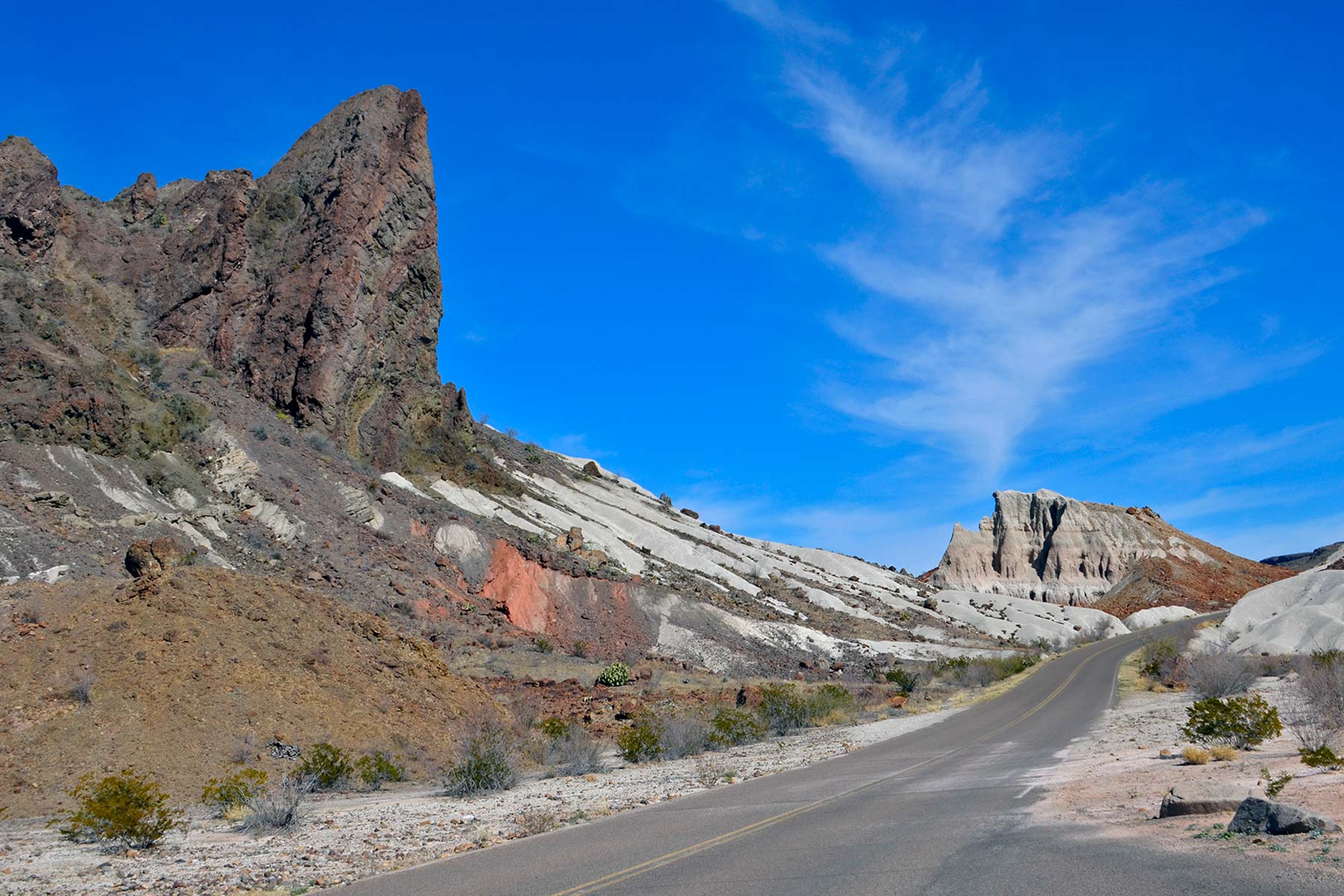
Check Out The Chisos Mountains
One of the main attractions of Big Bend National Park is the Chisos Mountains, which rise abruptly from the surrounding desert floor and provide a stunning backdrop for visitors. The park is also home to a variety of unique plant and animal species, including black bears, mountain lions, and numerous bird species.
In addition to its natural beauty, Big Bend National Park has a rich cultural history, with evidence of human habitation dating back over 10,000 years. The park is home to several ancient Native American rock art sites and the ruins of early homesteads, stagecoach stops, and military outposts.
Whether you’re looking for an adventure in the great outdoors or simply want to escape to a peaceful and scenic destination, Big Bend National Park has something to offer everyone.
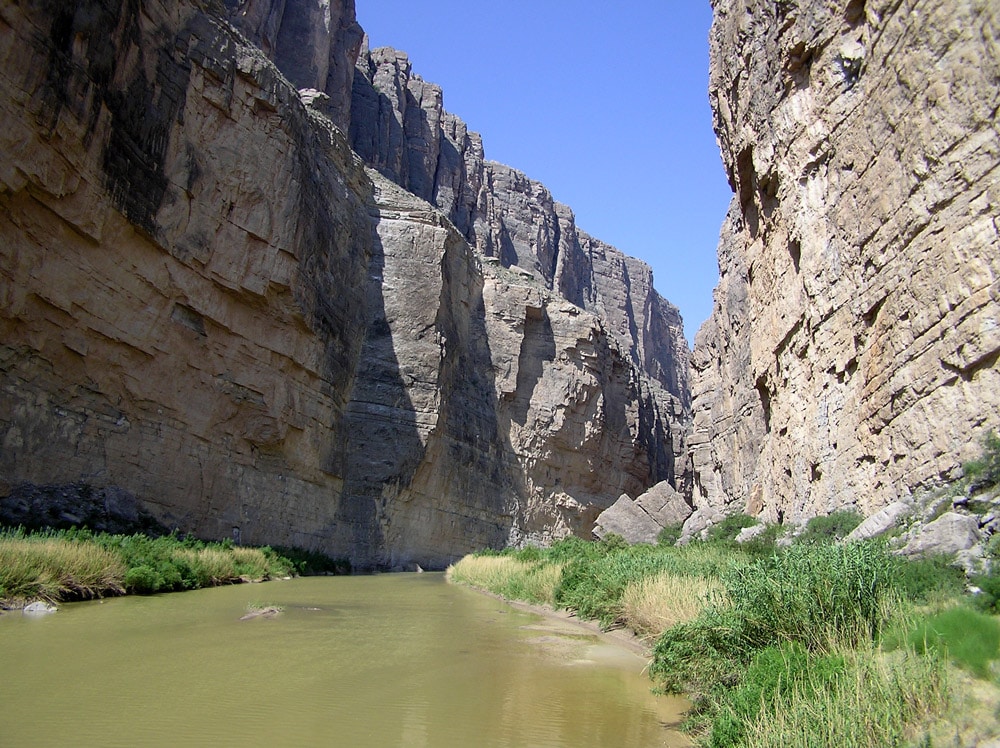
2. Big Thicket National Preserve
Distance From Fort Worth: Four hours & 35 minutes via I-45 S.
The Big Thicket National Preserve is a protected area located in Southeast Texas, near the cities of Beaumont and Lumberton. It was established in 1974 as the first National Preserve in the National Park System and is known for its diverse range of ecosystems and unique biological diversity.
The Big Thicket covers over 100,000 acres and is made up of a mosaic of habitats, including pine forests, hardwood forests, wetlands, and prairies. This diversity of habitats supports a rich variety of plant and animal life, with over 900 species of plants and hundreds of species of animals, including many that are found nowhere else in the world.
Visitors to the Big Thicket can explore the park through hiking trails, canoe trips, and guided nature walks. Some of the most popular activities include bird watching, wildlife viewing, fishing, and photography. The park also offers several campgrounds and picnic areas for visitors who want to spend the night or enjoy a day trip.
In addition to its natural beauty, the Big Thicket is also rich in cultural and historical significance. The area has a long history of human settlement, dating back to the days of indigenous tribes, and the park is home to many sites that are important to local communities and regional history.
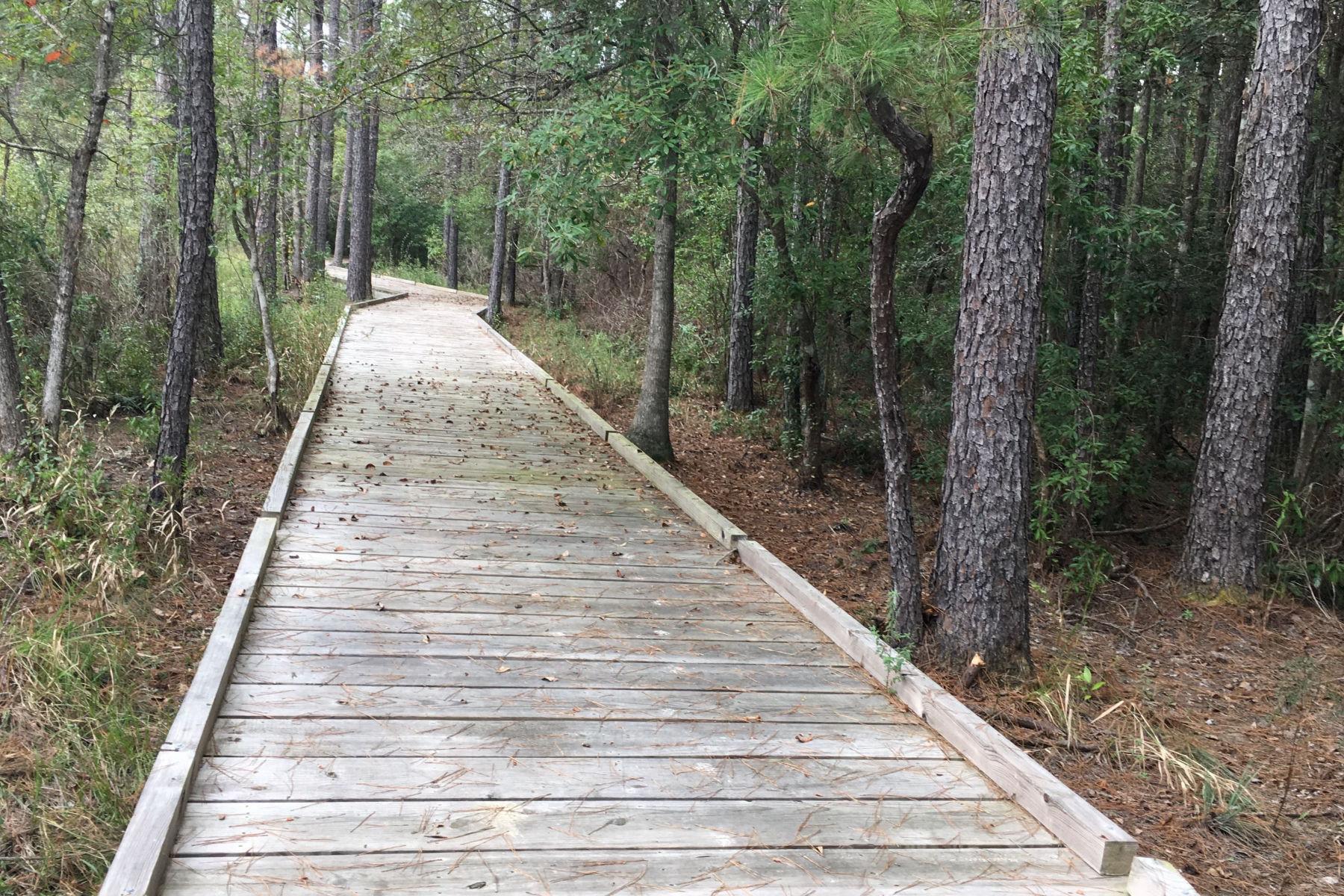
RELATED: 18 SURPRISING New Mexico National Parks
3. Guadalupe Mountains National Park
Distance From Fort Worth: Seven hours & 30 minutes via I-20 W.
Guadalupe Mountains National Park covers an area of approximately 86,367 acres.
The park is known for its rugged mountain landscape, which includes the Guadalupe Peak, the highest point in Texas at 8,749 feet, and the nearby El Capitan and the distinctive “Teardrop” formation.
Visitors to the park can explore a variety of hiking trails, including a portion of the 3,000-mile Continental Divide Trail, and experience the unique beauty of the Chihuahuan Desert ecosystem.
In addition to its natural features, the park also has a rich cultural history. The area has been inhabited by Native American tribes for thousands of years, and evidence of their presence can still be found throughout the park.
The park also has a number of historic buildings and structures, including the Frijole Ranch, which was established in the mid-19th century and offers a glimpse into the lives of early settlers in the area.
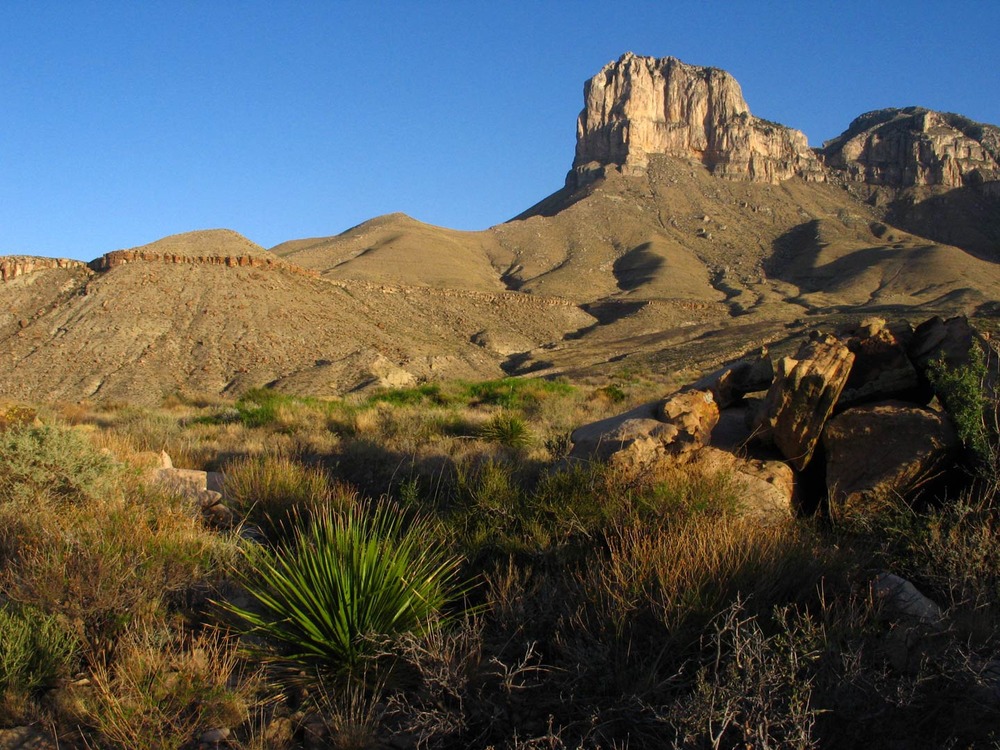
RELATED: 10 FASCINATING Facts About Guadalupe Mountains National Park
The Park Is Home To A Diverse Array Of Plant & Animal Life
In addition to its geological wonders, Guadalupe Mountains National Park is home to a diverse array of plant and animal species, including many species that are unique to the area. Some of the notable species found in the park include black bears, pronghorns, and various bird species, such as the peregrine falcon.
The park offers numerous opportunities for outdoor recreation, including hiking, backpacking, camping, rock climbing, and scenic drives. The park is also home to several historic sites, including the ruins of an old mining town, as well as the remnants of a Butterfield Overland Mail stagecoach station.
Whether you’re an avid hiker, a nature lover, or simply someone looking for a beautiful and peaceful escape, Guadalupe Mountains National Park has something to offer everyone. With its unique combination of scenic beauty, geological wonders, and rich cultural history, it is truly one of the crown jewels of the national park system.
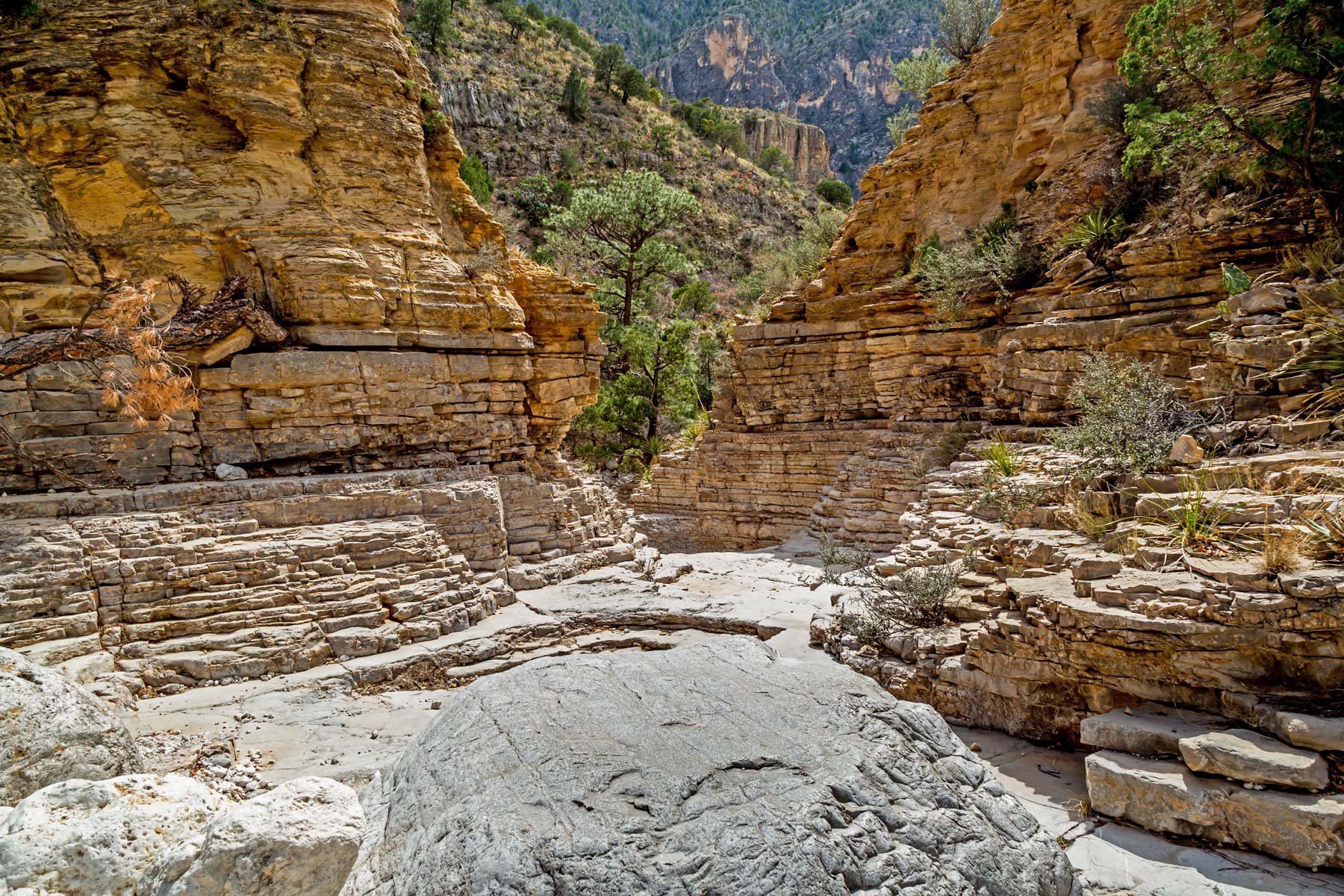
More National Parks Near Fort Worth
4. Hot Springs National Park
Distance From Fort Worth: Four hours & 50 minutes via I-30 E.
Hot Springs National Park is a protected area located in Hot Springs, Arkansas. The park was established in 1921 to preserve the unique geothermal hot springs that have been sought after for their therapeutic properties for thousands of years.
The hot springs in Hot Springs National Park have been used for healing and relaxation by Native American tribes for centuries, and by the late 19th century, the city of Hot Springs had become a popular destination for people seeking the health benefits of the hot springs.
The arrival of railroads and improved transportation helped to spur the growth of the city and its reputation as a health resort.
As the popularity of the hot springs grew, concerns arose about the exploitation and commercialization of the resources. In 1832, the federal government set aside a portion of the hot springs for public use, and in 1877, the Hot Springs Reservation was established to protect the hot springs from private development and to ensure public access to the thermal waters.
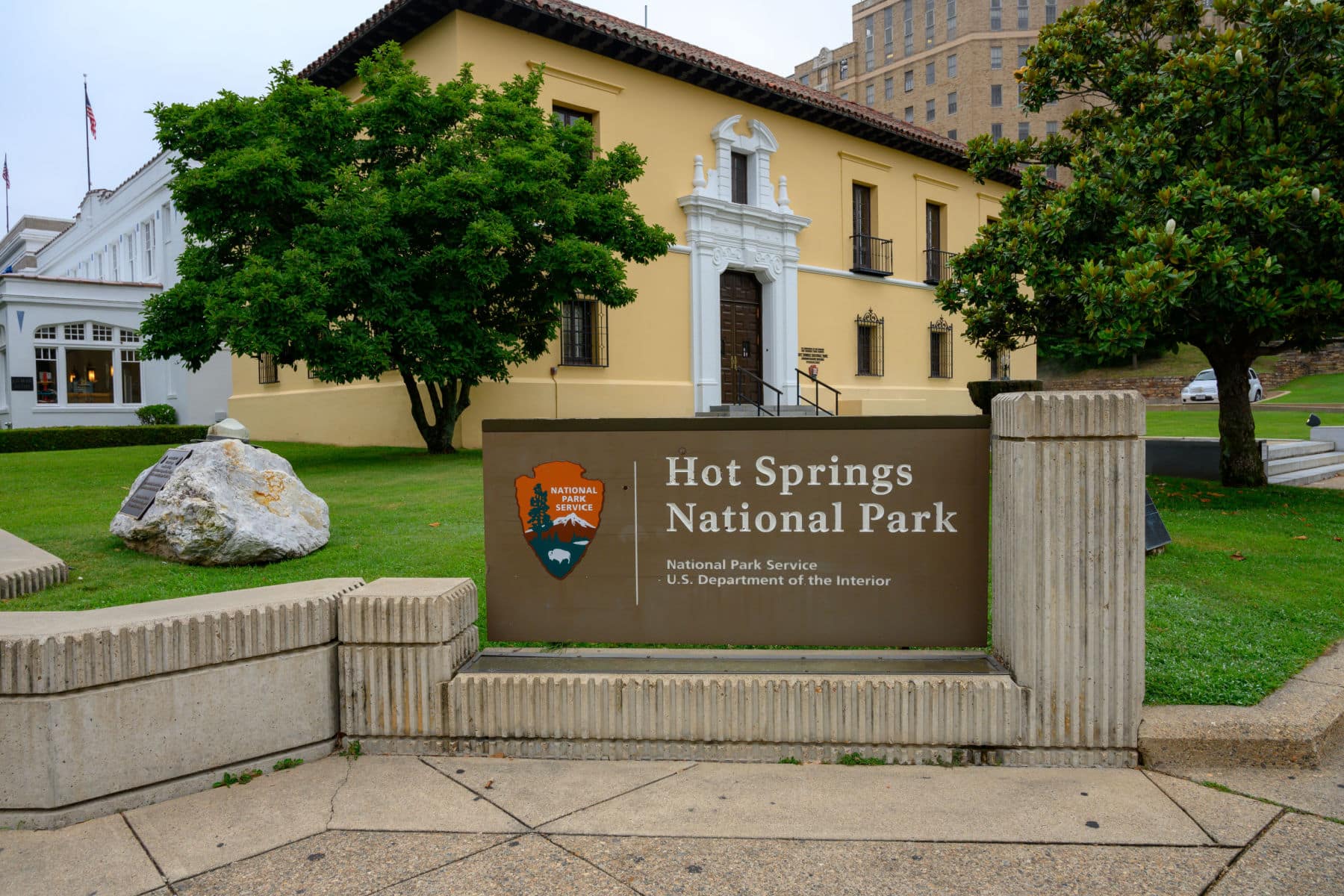
RELATED: 12 FANTASTIC Facts About Hot Springs National Park
Today The Park Is A Popular Tourist Destination
In 1921, the Hot Springs Reservation was renamed Hot Springs National Park and was officially established as the country’s 18th national park.
Today, Hot Springs National Park is a popular tourist destination, attracting millions of visitors each year who come to soak in the hot springs, enjoy the natural beauty of the park, and learn about the rich history of the area.
The park offers a variety of recreational opportunities, including hiking, camping, fishing, and wildlife viewing, as well as a range of cultural and historical resources, including the Fordyce Bathhouse, which served as a hub of activity and entertainment during the early 20th century, and the Grand Promenade, a historic walkway that offers stunning views of the park and the city of Hot Springs.
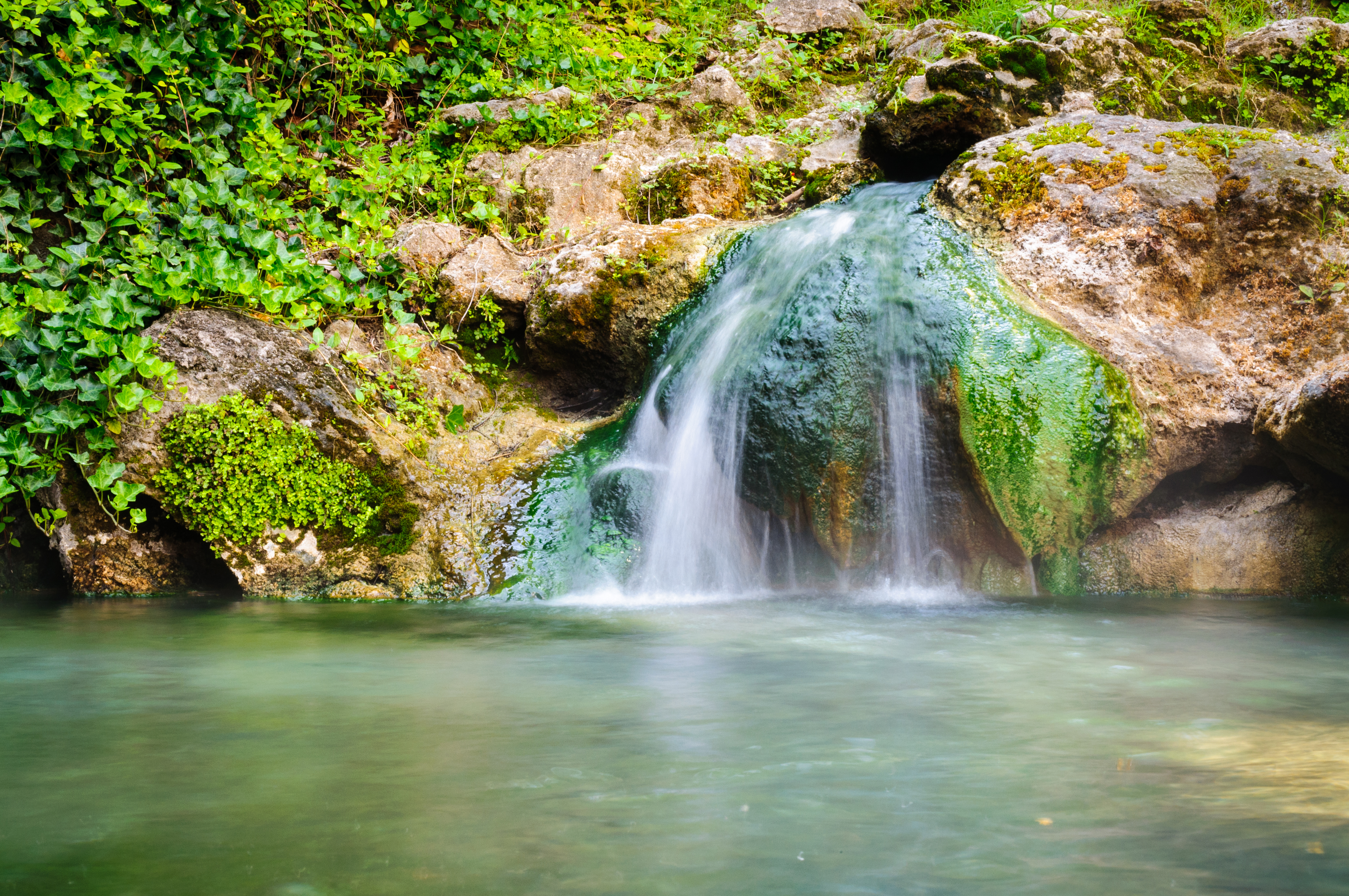
5. Laguna Atascosa National Wildlife Refuge
Distance From Forth Worth: Eight hours and 10 minutes via I-35 S.
Laguna Atascosa National Wildlife Refuge is a protected area located in the Rio Grande Valley of Texas.
The refuge was established in 1946 to provide habitat for migratory birds and other wildlife, and to conserve the unique natural resources of the region.
Laguna Atascosa covers over 97,000 acres and includes a diverse range of habitats, including freshwater marshes, tidal flats, dunes, and coastal prairies.
This variety of habitats provides a home for a wide range of wildlife, including over 400 species of birds, as well as threatened and endangered species such as the ocelot and the Gulf Coast jaguarundi.
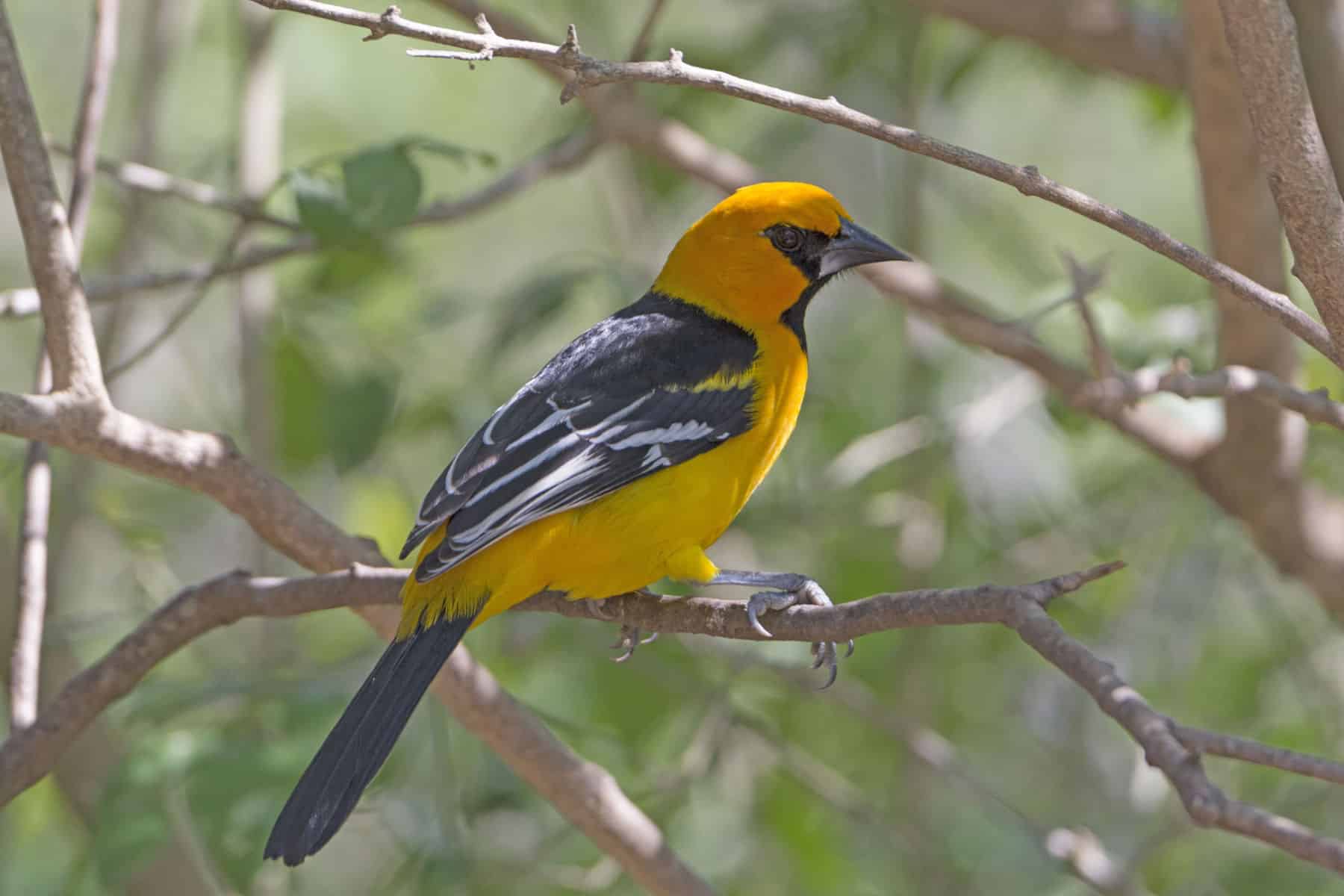
RELATED: 16 SURPRISING Texas National Parks
National Parks Near Fort Worth FAQ
Despite its immense size, Texas only has two officially designated National Parks: Big Bend National Park and Guadalupe Mountains National Park.
Slipdown Mountain is a summit in Parker County, Texas. It is located just east of the Advance Community (near Poolville), and along with Slipdown Bluff is the highest point in Parker County, and also the highest point within the Dallas–Fort Worth Metroplex.
Why Trust Us About National Parks Near Fort Worth?
We’re Jim Pattiz and Will Pattiz, collectively known as the Pattiz Brothers (and sometimes the Parks Brothers) and we absolutely LOVE the national parks.
You should probably know that we don’t just make this stuff up out of thin air. We’ve spent our entire adult lives exploring and filming America’s national parks and public lands.
We’ve worked with the National Park Service, the Department of Interior, USDA, and the U.S. Forest Service for years creating films on important places and issues. Our work has been featured in leading publications all over the world and even some people outside of our immediate family call us experts on the national parks.
Meet The Parks Brothers
Map Of National Parks Near Fort Worth
List Of National Park Sites Near Fort Worth
- Big Bend National Park
- Big Thicket National Preserve
- Guadalupe Mountains National Park
- Hot Springs National Park
- Laguna Atascosa National Wildlife Refuge
To Learn More About The Lone Star State:
- Official Guide to Texas State Parks and Historic Sites: New Edition by Laurence Parent.
- Texas Bucket List Adventure Guide: Explore 100 Offbeat Destinations You Must Visit by John Mallon.
- Lone Star: A History Of Texas And The Texans by T.R. Fehrenbach.
- History of Texas: A Captivating Guide to Texas History, Starting from the Arrival of the Spanish Conquistadors in North America through the Texas Revolution to the Present by Captivating History.
We Hope You’ll Follow Our Journey

Our goal here at More Than Just Parks is to share the beauty of America’s national parks and public lands through stunning short films in an effort to get Americans and the world to see the true value in land conservation.
We hope you’ll follow our journey through the parks and help us to keep them the incredible places that they are. If you’re interested in joining the adventure then please sign up below!
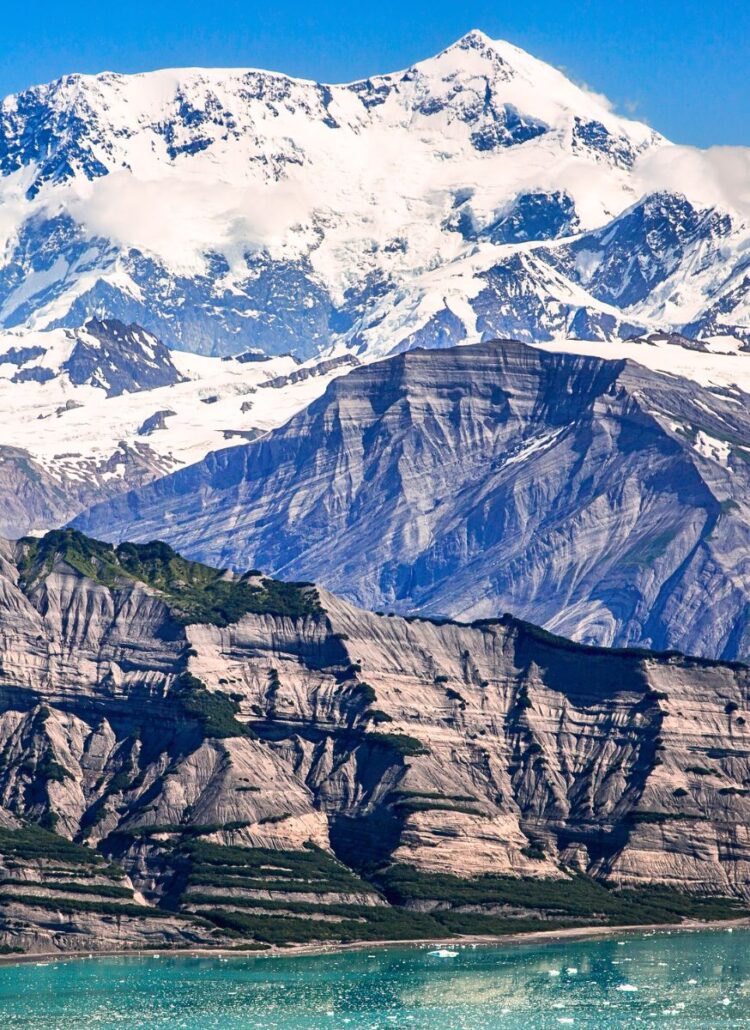
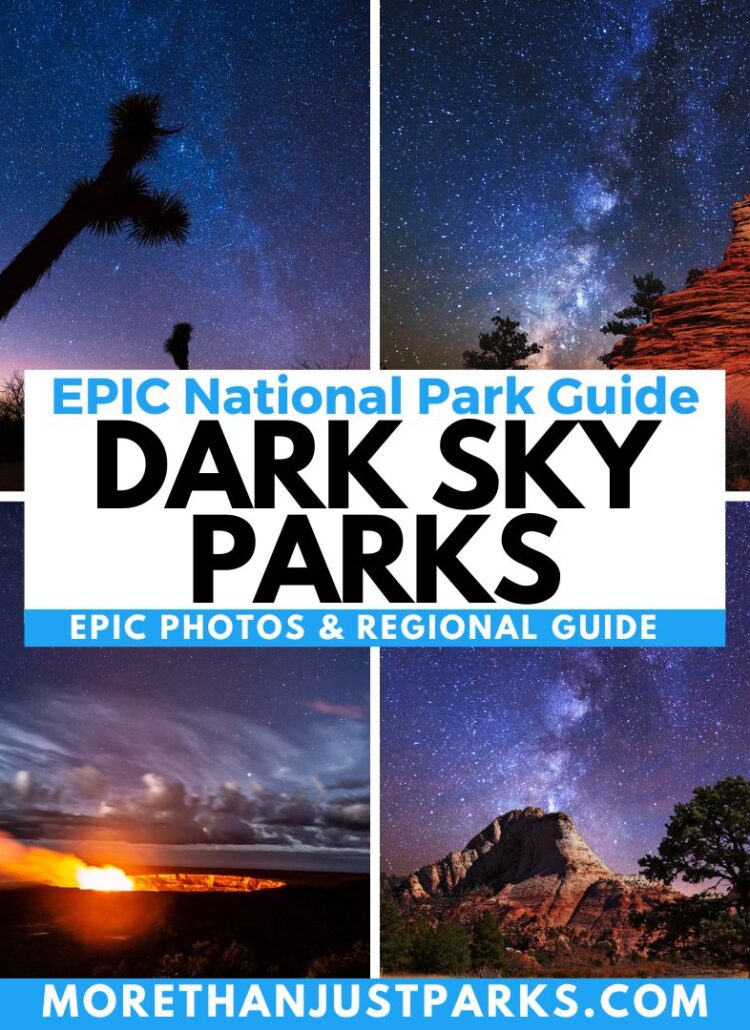
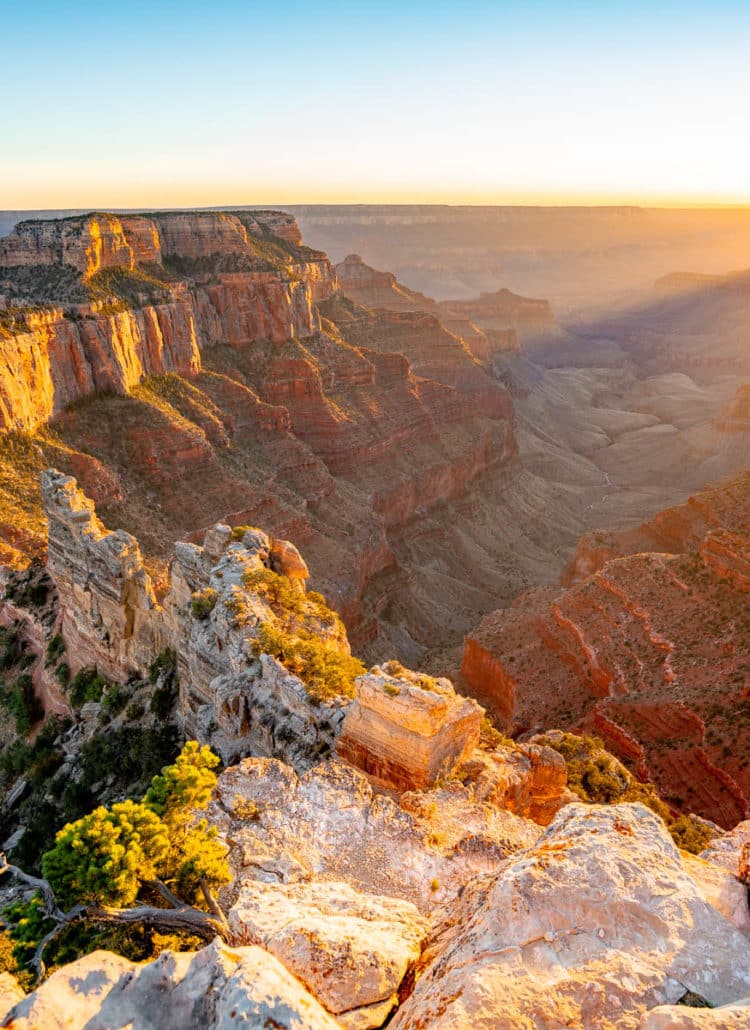
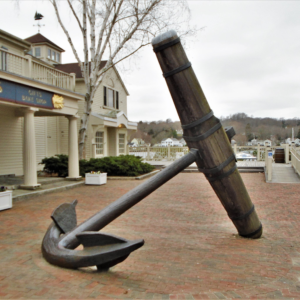

Leave a Reply